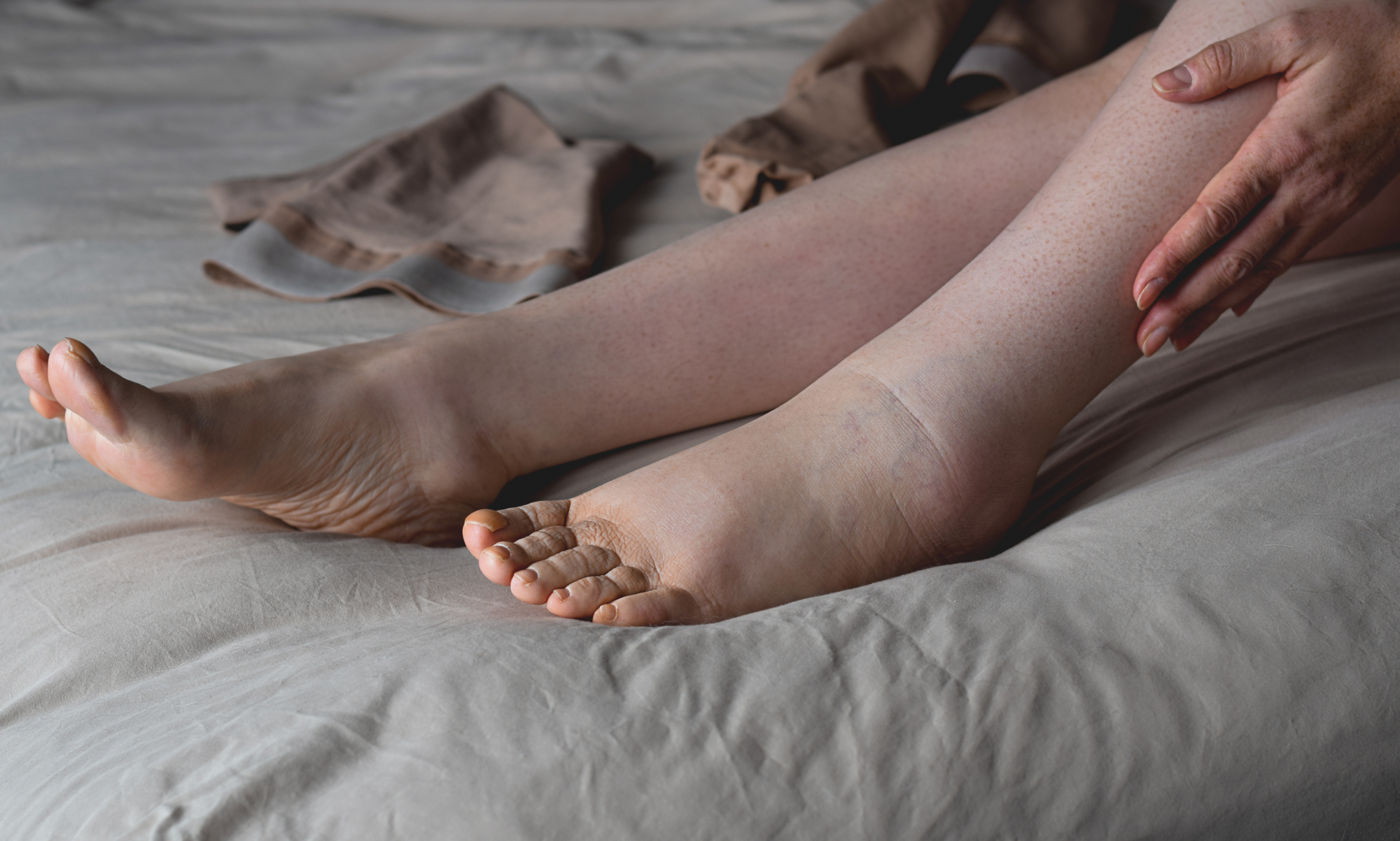 Lymphedema treatment can reduce swelling and pain
Lymphedema treatment can reduce swelling and pain
Lymphedema is a swelling condition that commonly occurs in the arm and leg. If left untreated, it can lead to progressive tissue swelling.
While it is not curable, lymphedema can be treated to alleviate pain and swelling and reduce the risks of infection. Many people with the condition benefit from lymphedema physical therapy.
What is lymphedema?
Lymphedema is an accumulation of fluid (lymph) in soft body tissues, due to impairment of the lymphatic vessels. This build up of lymph causes swelling called lymphedema.
The lymphatic system carries a clear fluid called lymph, which drains out from tiny blood capillaries to lymphatic vessels throughout the body. Lymph contains water, fats, white blood cells and other components.
Lymph from tissues and organs drains into the lymph vessels and is carried to the lymph nodes where it is filtered. The collected lymphatic fluid is eventually returned to the blood stream via the subclavian vein. For breast cancer patients, lymphedema might occur in the arm of the affected breast, hand, trunk, back or chest wall.
What causes lymphedema?
Lymphedema can result from damage or trauma to the lymphatic system or removal of lymph nodes. The lymphatic system is part of the immune system and helps fight off illnesses and infections.
When the lymphatic system is damaged or not working well, lymphatic fluid can build up in the affected area and cause swelling. In addition, lymphedema can lead to open wounds, skin discoloration and infection that can result in loss of mobility.
Cancer treatment can affect the fluid drainage channels of the lymphatic system.
When axillary lymph nodes are removed during breast cancer surgery (with sentinel node biopsy or axillary dissection), or are treated with radiation, some of the lymph vessels can become blocked or can disappear altogether.
This blockage may prevent lymph from leaving the area and will overwhelm the remaining pathways, resulting in a backup of fluid into the tissues.
Lymphedema is a chronic condition. It does not get better with time unless detected and treated early.
The swelling might be so subtle that you can not see it but it might change overtime, possibly leading to a larger limb/fingers.
Lymphedema can appear immediately after treatment but it generally appears months or even years after the end of treatment.
Statistics on breast cancer patients getting lymphedema, average onset of lymphedema: It is estimated that 20 to 30% of people will have lymphedema in the arm after breast cancer treatment that include lymph node surgery and radiation to the lymph nodes.
What is lymphedema therapy?
Lymphedema therapy focuses on relieving swelling in the arms and legs by moving lymphatic fluid out of the affected limbs. It can also prevent additional swelling.
We can show you how to use a compression sleeve, which helps squeeze fluid from the arm or leg toward the center of the body, or perform manual lymphatic drainage, which is a therapeutic massage of the arm or the leg to help push the fluid toward the center of the body.
Therapy may also include:
- Lymphedema exercises
- Education to prevent complications
- Skin care, hygiene recommendations
Lymphedema home care
People with lymphedema can do many things at home to help manage the condition including:
Taking care of your skin
Apply lotion in your affected body part to prevent dry skin and help avoid infections.
Taking care of your whole body
Eat healthy, including less salt and more vegetables and fruits. Manage stress and try to get good sleep at night. Exercising can help reduce swelling.
Knowing when to see your doctor
Call your doctor if you have symptoms that could be from an infection, such as fever, redness or increased pain, open sores or areas of broken skin.
Getting support
While in-person support groups may not be meeting in your area at this time due to COVID, online support groups can be found. Check with the National Lymphedema Network for online support groups.

